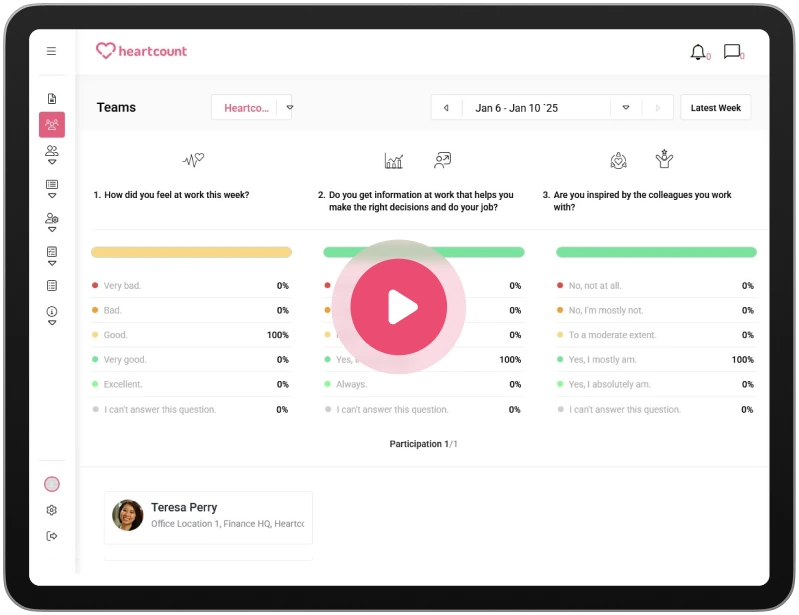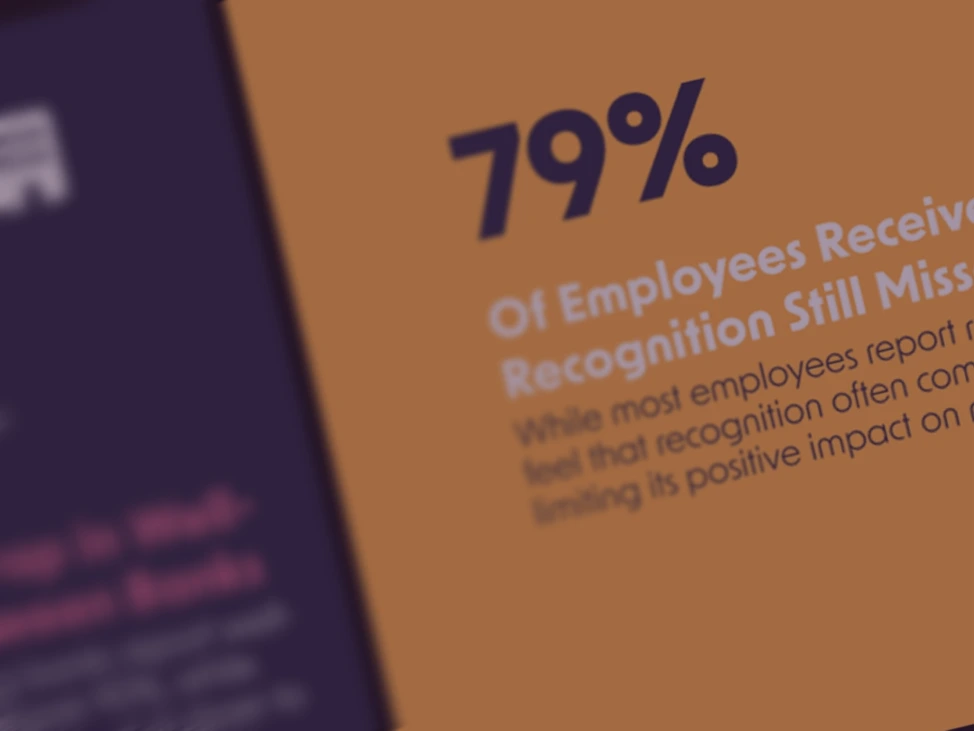Sports, data and the future of employee performance

Although it might not be your first association, sport and data-driven employee performance measurement are a natural fit. Moreover, sport is often at the cutting edge of data and analytics, providing a valuable glimpse of how you can use data to drive genuine performance improvements. Coaches across various sports, from cycling to football, are actively using data to assess and improve individual performance. Now, let’s talk about Brad Pitt.
Although it might not be your first association, sport and data-driven employee performance measurement are a natural fit. Moreover, sport is often at the cutting edge of data and analytics, providing a valuable glimpse of how you can use data to drive genuine performance improvements. Coaches across various sports, from cycling to football, are actively using data to assess and improve individual performance. Now, let’s talk about Brad Pitt.
The case for data-driven employee performance
In the 2011 movie Moneyball, Brad plays in a true story of baseball manager Billy Beane who transformed major league baseball by turning round a small and unpromising team and winning a record 20 consecutive games by leveraging data. Beane’s secret weapon was hiring a data scientist to analyze vast amounts of player performance data to avoid making the intuitive transfer- and team-selection decisions. Many well-known sports teams base their insights and management decisions on internal data, linking player behaviors to individual and team performance indicators to predict future performance.
For example, the top Italian football club AC Milan is reported to have 60,000 data points for each player. At the same time, several Premier League teams use an athlete tracking system called OptimEye that tracks metrics such as players’ speed, motion, and heart rate and calculates player exertion. Having this data helps coaches and support staff to identify which players are working hardest and who could work harder, as well as preventing injuries from players pushing themselves too hard. That effectively allows team managers to manage fatigue and attrition in real-time and optimize overall team performance.
Moreover, gathered data also allows measurement of overall athletes’ engagement, thus allowing coaches to observe sudden dips and adjust coaching approaches while working with the players to resolve any potential issues. The critical point here is simple, how the athlete completes the work – how much they are engaged – body, mind, and spirit to complete the workout – will largely determine the impact of the training session and, eventually, the game ahead. While in-depth monitoring like this goes way beyond what the average company can do, those examples make a case for real-time employee engagement measurement to keep your teams productive and committed.
Shifting the paradigm
Data is helping us discover that valuable human capital is indeed firm-specific and worth investing in its development. Yet just like football scouts and managers of yesterday, many businesses and business leaders still rely solely on outdated tools and gut feelings to access employee value. The sad state of affairs is that measurement and performance reviewing employees is done poorly by many companies. Traditional methods such as annual employee engagement surveys are often disliked by the employees and the managers conducting the surveys, and they can be a massive waste of time. Annual surveys are better than not measuring at all, but they fail to capture the changing nature of the employee experience. With the traditional annual surveys, asking each employee over 30+ questions, it often takes a month or more to review the feedback and plan for organizational action. It is an outdated approach that is not compatible with the modern-day expectations of HR to run a data-driven operation. The increased use of real-time analytics has raised concern that feedback gathered from annual engagement surveys is not frequent enough to provide a complete and current perspective.
In today’s technology-driven workplaces, traditional engagement surveys are not working anymore as the business moves so much faster these days. Employees dislike annual surveys because they usually must fill out lengthy questionnaires, and managers dislike them because they are incredibly time-consuming, which tends to cause major productivity dips. That is why we desperately need a shift in our collective perceptions.
The traditional performance review model is a perfect example of how not to review performance because the process involves looking backwards far more than looking forwards. It is often rooted in past beliefs about employee motivation and is unlikely to increase employees’ feelings of value or engagement within their organization. It can often be challenging to measure the impact of initiatives like these; without such measurement, there’s no way to tell if the strategy is working. Employers should be able to measure engagement with a recognition platform and monitor an initiative’s effectiveness in moving the needle on employee engagement in real-time, through asking relevant and timely questions. After all, engagement, and the different drivers of engagement, change over time, and catching sudden changes early on saves a lot of trouble down the road.
COLLECT
Step up or step outisde
We know that it is now possible for HR teams to understand more about their employees than ever before – how they think, what they are feeling, whom they interact with, and how productive they are. The opportunities are endless. So, it’s possible to improve people’s performance in a meaningful way without alienating your workforce or wasting their time and decreasing their productivity. In this way, data-driven employee engagement is about finding a more grown-up way of measuring engagement intelligently and in a manner that is not disruptive and yields actionable data insights.
That is why more companies are starting to implement real-time polls into their engagement programs. Real-time polls are quick, frequent surveys that provide insight into employee engagement. They are significantly shorter and simpler to complete and analyze than annual surveys, making it easier to poll employees more frequently and respond to issues quickly.
And that is increasingly becoming a new industry norm. As you read this, your competitors are likely increasing the gap, moving away from annual surveys, generating more regular discussions, and looking into the future more. Employers use science and data to understand better and implement employee engagement initiatives. In fact, according to a recent report, more than 70 percent of HR leaders are analyzing and integrating data into their decision-making process. A data-driven approach to employee engagement is taking hold as organizations globally strive to put their money where their mouth is and make their businesses better places to work. After all, businesses have always strived to foster an engaged workforce, and today the need to keep people happy and productive in their jobs is more acute than ever because it is becoming one of the biggest competitive differentiators in business.
Data-driven engagement measuring should be about creating an ongoing dialogue between employees and management, all based on and facilitated by data collected unobtrusively and seamlessly on a regular, short-interval basis, even in real-time. That is what we managed to create in HeartCount – a platform to deliver real-time feedback that allows you to drill down into specific engagement data while ensuring a level of confidentiality that employees need to give direct and honest feedback. An increasing number of satisfied leaders who decide to fire-walk down a new road with us reaffirms our core premise – successful organizations today use data to improve employee engagement and provide feedback to employees in a constructive, continual and unbiased manner. If you want to learn more, we should discuss and discover new ways to ensure you gain a competitive edge in attracting and retaining the talent you need to grow your company.








